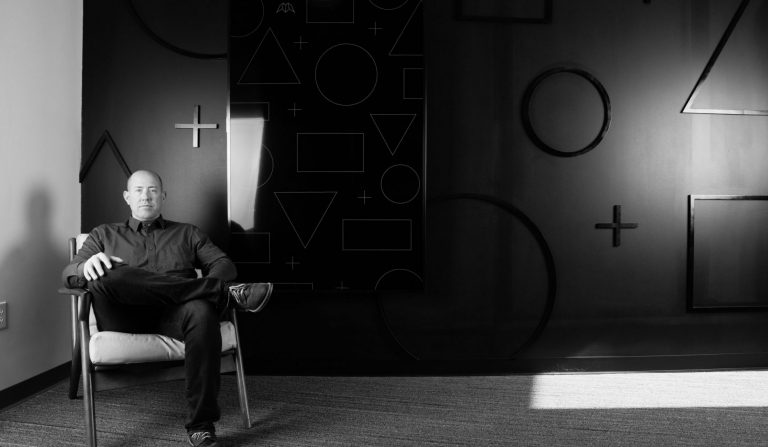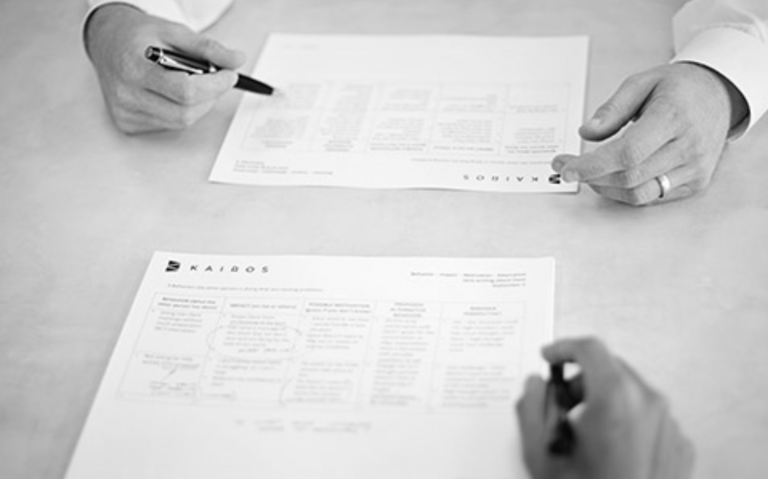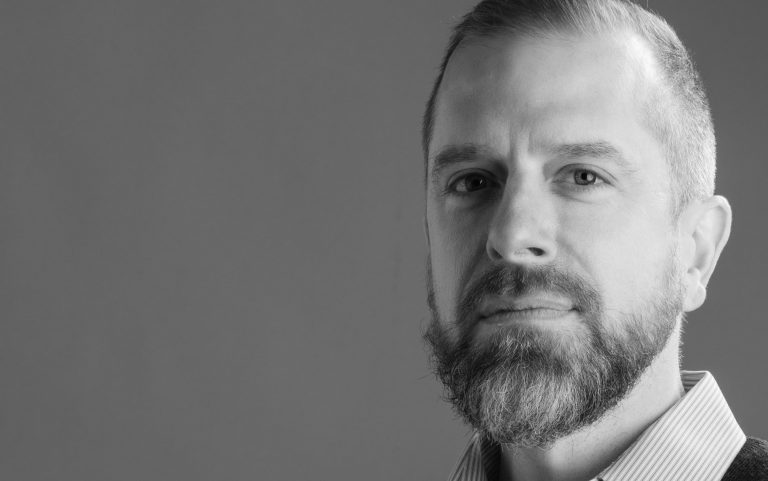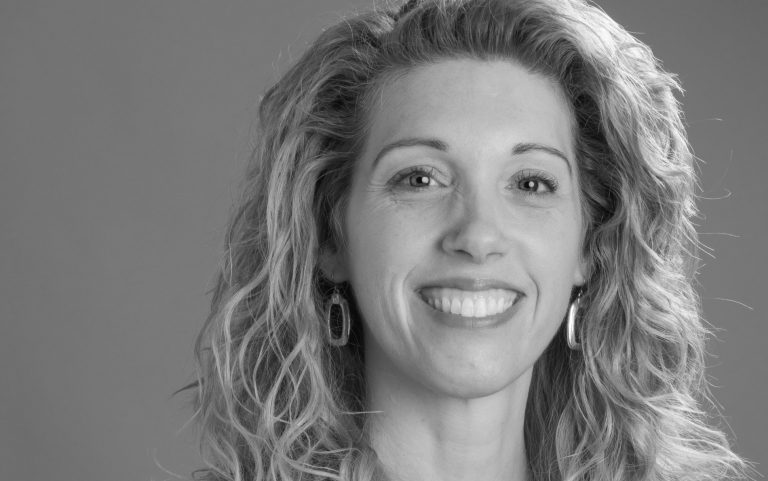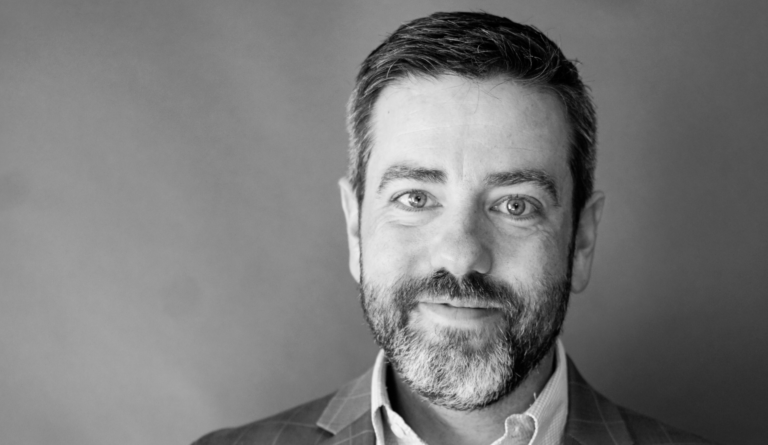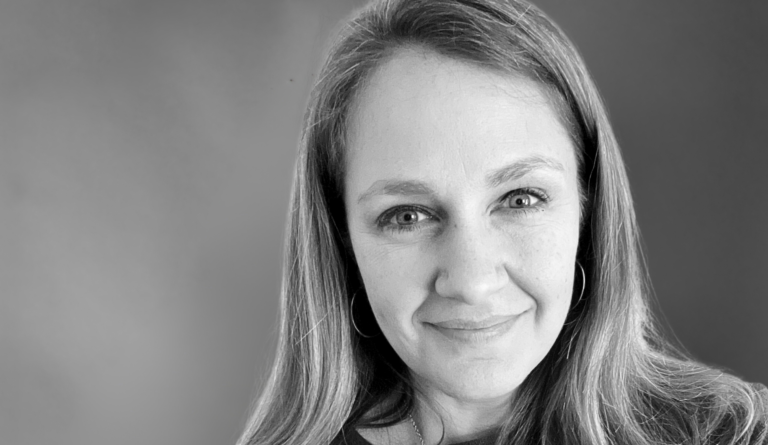We had great intentions when we moved our young and growing family into a tough, inner city neighborhood. We were going to be part of the solution. We invested 10 years of our lives there. And boy do I have some stories.
Here’s the thing. With all the good that we did, something was increasingly missing. It took ten years of living there and three years living other places to figure it out.
I was absolutely burned out.
Parker Palmer, founder and Senior Partner of the Center for Courage & Renewal is an author, educator, and activist who focuses on issues in education, community, leadership, spirituality, and social change.
Palmer defines burnout as “violating one’s own nature in the name of nobility.”
I figured out that I was starting with what the world needs–which is everything. Instead I needed to ask where I could uniquely contribute–not out of my flawed notion of nobility, but in a generative way that cultivated joy.
I was violating my own nature by ignoring my gifts, strengths, and purpose because I believed that hard, noble sacrifice was better. I was wrong. As I became clearer on what I did best in the world, it took me further from our neighborhood. I struggled to reconcile that distance which morphed into compulsive activity; then guilt; then numbness; and ultimately, disengagement.
Helpful Tools
Palmer’s definition of burnout requires a healthy dose of humility and a lot of inward reflection. If inward reflection seems vague and uncomfortable to you, I recommend two powerful tools:
The Birkman Assessment measures 11 axes of personality, integrating behavioral, motivational, and occupational data to predict behavior and work satisfaction. It provides a powerful vocabulary for understanding your “nature”; how you, others, or your environment may be violating it, and what to do about it. If you want to learn more, give us a holler and we’ll be happy to share our experiences with the Birkman.
The “BOX” in our BOX Chart stands for Behavior, Outcome, and Trans(X)formation. You can use the BOX Chart to reflect on the Outcomes you really want, the Behavior that will drive that outcome, and– most importantly– the internal Transformation that will lead to sustained behavior change.
Here are 2 Keys for Avoiding Burnout:
- Question your core metrics and redefine success.
There’s nothing wrong with tracking things like efficiency, productivity, customer satisfaction, and profitability. However, the most important work we do— relationship building, cultivating ideas, improving processes, identifying opportunities, developing people— is not as easy to measure, nor should it be. This is your unique contribution to the world. It’s messy, time-consuming, and absolutely essential.
I propose you measure progress toward your definition of success. Why do you do the work you do? What does true success look like for you? What are some of your markers of progress? (If you want to make this more practical, consider writing them in the Outcomes column of the BOX Chart, and let that guide the key behaviors and transformations needed to get you to success.)
- Reconnect with what makes you come alive.
Is it a basketball game with the guys? A hike through the woods? Playing soccer with your kids? Seeing a great movie? Time away from work shouldn’t be another form of busyness, but an intentional return to wholeness.
Writer Courtney Martin says, “It’s an act of rebellion to be a whole person. It’s an act of rebellion to show up as your whole self, and especially the parts that are complex, that are unfinished, that are vulnerable.”
I challenge you to rebel.
Reject the false nobility and compulsive work that leads to burnout.
Do the important work that only you can do.


